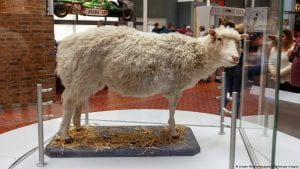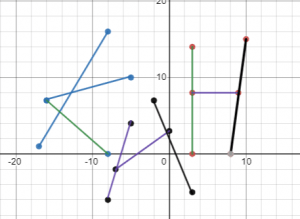I wonder…
Do you ever wonder how the sun will die, or maybe what will happen to the solar system once the sun has run it’s course? Where would humanity go, would we even still be alive by then? I wonder all the time, will this be our inevitable ending? To get a better understanding, I researched the question ‘Can we predict when the sun will die and what will happen to the solar system when it does?‘. As of today, scientists aren’t one hundred percent sure what life will be like after the sun’s death but they seem to have some pretty good hypotheses.

Can we predict when the sun will die?
Today Scientists presume that the sun will run out of energy and eventually turn into a ‘red giant’ in anywhere from five to eight billion years. A red giant is a term used by astronomers to describe the process in which a star, so in this case the sun, starts to grow dramatically to the point where it engulfs other planets in the solar system from it’s enormous size. The reason this can happen is because a star is powered by hydrogen that turns into helium in a process that converts mass into energy. So once all the hydrogen has changed to helium, the sun won’t be able to generate energy and will eventually start to collapse under it’s own weight. Consequently, once the fuel supply is gone, the sun will have no choice but to commence the red giant process which will evenutally turn into a white dwarf when all the outer material dissipates and leaves behind a planetary nebula. Which will then be the end of the solar system’s heat source.
What will happen to the solar system when the sun dies?
As for the solar system, the outcome is still quite unknown but researchers can make some highly educated guesses. Once the sun converts into the red giant, as shown in the picture below, it will inevitably consume the planets closest to it, as in Venus and Mercury. It’s still debated whether or not the sun will spare Earth in it’s swelling mayhem as it’s not easy to tell but either way, Earth will be finished. Either it will be consumed or it will melt into a scorching lifeless rock. Despite all that, Earth will no longer be a safe habitat for any living thing as all the oceans will be dried up and the temperatures will be intolerable. As for Mars, the planet won’t be consumed but it will still be greatly affected as it’ll be too close to the red giant. The outer planets though, will have big changes in temperature and therefore might have a higher possibility in being able to hold life.

What about us?
Most scientists are positive that humanity will be long gone by the time the sun dies and if not, the red giant will definitely be the end of us. The process of the sun turning into the red giant takes a long time and in that time the temperatures will rise so much that the oceans will have dried up and the ice caps will have melted leaving humanity in a lot of trouble. No one knows how the world will end but, the sun dying is a great possibility. Aside from that though, if life does make it long enough to see the end of the sun, it’ll be possible to find habital places in the outer planets of the solar system. The ones with colder temperatures right now would have drastic changes during the red giant which would then make them ideal places to live for a couple million years until the sun turns into a white dwarf. Either way, that gives the possibilty of humans being able to survive for longer on other planets which is unimaginable right now. All stars must die eventually and the sun is no different but who knows, there might be hope for humanity yet.
Bibliography
Sutter, Paul. “Will Our Solar System Survive the Death of Our Sun?” Space.com, Space, 28 Oct. 2020, https://www.space.com/solar-system-fate-when-sun-dies.
Emspak, Jesse. “What Will Happen to Earth When the Sun Dies?” LiveScience, Purch, 13 Apr. 2016, https://www.livescience.com/32879-what-happens-to-earth-when-sun-dies.html.
Betz, Eric. “Here’s What Happens to the Solar System When the Sun Dies.” Discover Magazine, Discover Magazine, 17 Apr. 2020, https://www.discovermagazine.com/the-sciences/heres-what-happens-to-the-solar-system-when-the-sun-dies.
Wendel, JoAnna. “When Will the Sun Die?” Space.com, Space, 7 Jan. 2022, https://www.space.com/14732-sun-burns-star-death.html.














